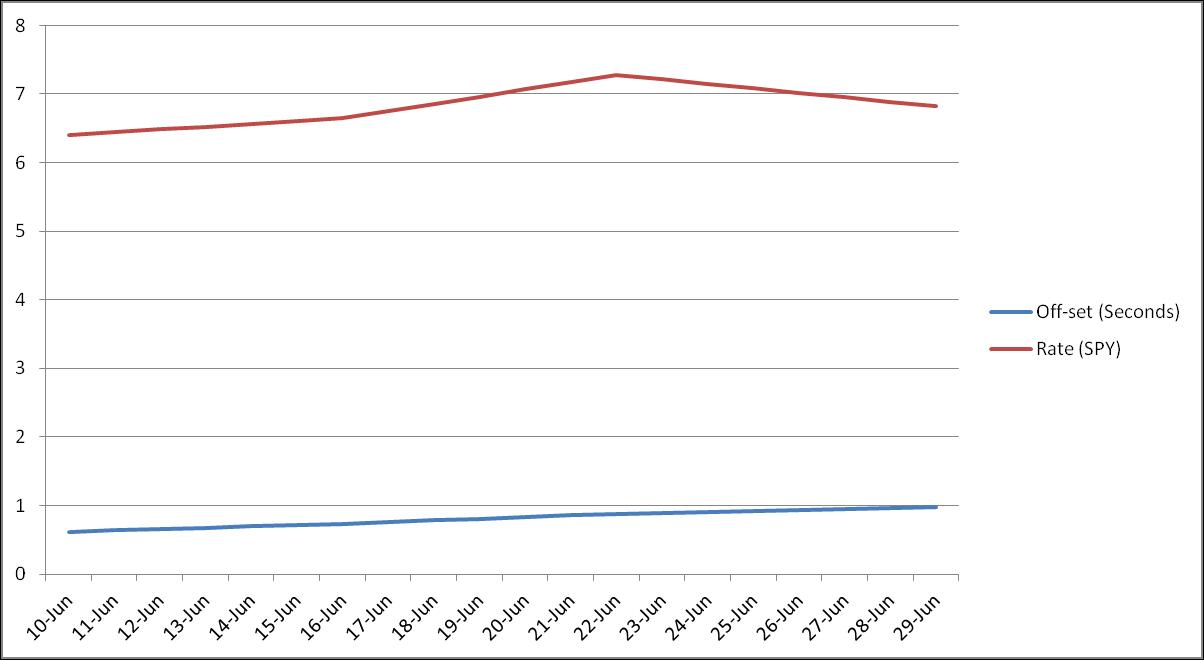
Citizen AQ1000-58B
Timing Data
This watch is undergoing a year-long test and will not be subjected to heat cycling until the year has finished. This was my top-performing watch until I took it to the UK for a month in the summer. A UK summer, it turns out, is not entirely unlike a Hong Kong winter.
Having been steady at around 4.8 SPY for most of the year, this watch has now jumped to around 6 SPY. A few more timing results will be needed to see whether a return to the Hong Kong climate can help to bring it back to spec.
UPDATE - as the end of the 1-year warranty approaches, I have delivered the watch to the Citizen Service Centre for rate adjustment.
UPDATE - after several months, the watch is back. Initial testing suggests its rate has not improved. So far, it appears to be holding at 6.6 SPY.
UPDATE - after 21 days, the watch appears to be 0.88 seconds ahead of Standard Time. This would be a gain of 0.42 seconds since reset, or 7.2 SPY. This unexpected spike may be a result of a sudden heat-wave that hit Hong Kong during this time.
UPDATE - in line with my 4 MHz collection, I shall simply post a table of running results, rather than descriptive updates:
| Day | Deviation | Rate |
| 0 | 0.461 | 0 |
| 9 | 0.619 | 6.4 |
| 15 | 0.734 | 6.6 |
| 21 | 0.88 | 7.2 |
| 28 | 0.98 | 6.8 |
Graph showing trends in off-set from Standard Time (in seconds) and rate (in seconds per year)

A Note on the Accuracy and Reliability of Timing Results
There is always going to be an unknown margin of error in any method of timing, and I estimate that each timing event could be off by as much as 0.1 second (though in practice I believe my results to be somewhat better than this). As a consequence of this potential margin of error, results over short periods of time are unreliable. Ultimately, the only result that matters is that which comes at the end of a full 365 days. Where interim results show consistent timings or steady trends, however, then it is safe to assume that those results are fairly accurate.